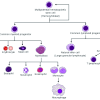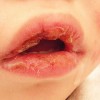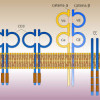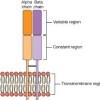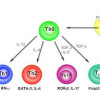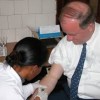Abstract
Six chronic hemodialysis patients acquired bloodstream infections (BSIs) with Klebsiella pneumoniae of the same serotype and similar plasmid profile during an 11-day period. The 6 case-patients were more likely than noncase-patients to have received dialysis during the fourth shift (p < 0.05) and to have their dialyzers reprocessed for reuse after those of the noncase-patients (p = 0.05). Investigation identified a patient during the same shift with an arteriovenous fistula infected with K. pneumoniae. The dialyzer reprocessing technician did not change gloves between contacting patients and their dialyzers in the treatment area and reprocessing the case-patients' dialyzers at the end of the fourth shift. We conclude that the outbreak of BSIs was caused by cross-contamination of the case-patients' dialyzers with bacteria from the gloves of the reprocessing technician and by inadequate dialyzer disinfection. After revised dialyzer reprocessing techniques and glove-changing policies were instituted, no further clusters of BSIs occurred.
Welbel SF, Schoendorf K, Bland LA, Arduino MJ, Groves C, Schable B, O’Hara CM, Tenover FC, Jarvis WR
Am.… Read more
